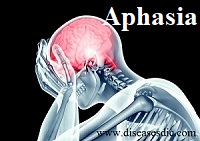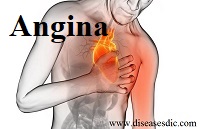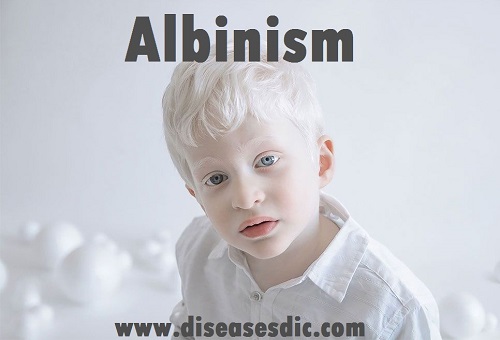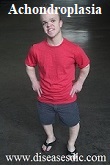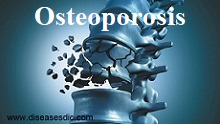Definition Fragile X syndrome is a genetic condition that causes a range of developmental problems including learning disabilities and cognitive impairment. Usually, males are more severely affected by this disorder than females. Fragile X syndrome affected boy History In 1943, Martin and Bell showed that a particular form of mental …
Read More »Aphasia – Causes, Symptoms, Complications, and Treatment
Definition Aphasia is a communication disorder that occurs due to brain damage in one or more areas that control language. It can interfere with your verbal communication, written communication, or both. It can cause problems with your ability to: Read Write Speak Understand speech Listen According to the National Aphasia …
Read More »Angina – Treatment, Risk Factors, and Symptoms.
Definition Angina is chest pain, discomfort, or tightness that occurs when an area of the heart muscle receives decreased blood oxygen supply. It is not a disease itself, but rather a likely symptom of coronary artery disease, the most common type of heart disease. The lack of oxygen-rich blood to …
Read More »Albinism: causes, symptoms, treatment and prevention
Definition Albinism includes a group of inherited disorders that are characterized by little or no production of the pigment melanin. The type and amount of melanin your body produces determines the color of your skin, hair and eyes. Most people with albinism are sensitive to sun exposure and are at …
Read More »Agnosia – Causes, Complications, and Treatment.
Definition Agnosia is a rare neurological disorder which causes the loss of ability to recognize any familiar person, object and sounds or the ability to comprehend the meaning of any object or difficulty in processing sensory information, such as touch, sound, and light even in the presence of intact senses. …
Read More »Achondroplasia: Symptoms, Causes and treatment
Definition Achondroplasia is a bone growth disorder that causes disproportionate dwarfism. Dwarfism is defined as a condition of short stature as an adult. People with achondroplasia are short in stature with a normal-sized torso and short limbs. It’s the most common type of disproportionate dwarfism. History of Achondroplasia Achondroplasia was …
Read More »Diphtheria – Types, Causes, Symptoms and Prevention.
Definition Diphtheria is an infectious disease caused by the Corynebacterium species of bacteria and is most often associated with a sore throat, fever, and the development of an adherent membrane on the tonsils and/or nasopharynx. Severe infections can affect other organ systems such as the heart and the nervous system. …
Read More »Osteoporosis – Definition, Causes, and Prevention.
Definition Osteoporosis is a condition characterized by a decrease in the density of bone, decreasing its strength and resulting in fragile bones. Osteoporosis literally leads to abnormally porous bone that is compressible, like a sponge. This disorder of the skeleton weakens the bone and results in frequent fractures (breaks) in …
Read More » Diseases Treatments Dictionary This is complete solution to read all diseases treatments Which covers Prevention, Causes, Symptoms, Medical Terms, Drugs, Prescription, Natural Remedies with cures and Treatments. Most of the common diseases were listed in names, split with categories.
Diseases Treatments Dictionary This is complete solution to read all diseases treatments Which covers Prevention, Causes, Symptoms, Medical Terms, Drugs, Prescription, Natural Remedies with cures and Treatments. Most of the common diseases were listed in names, split with categories.

